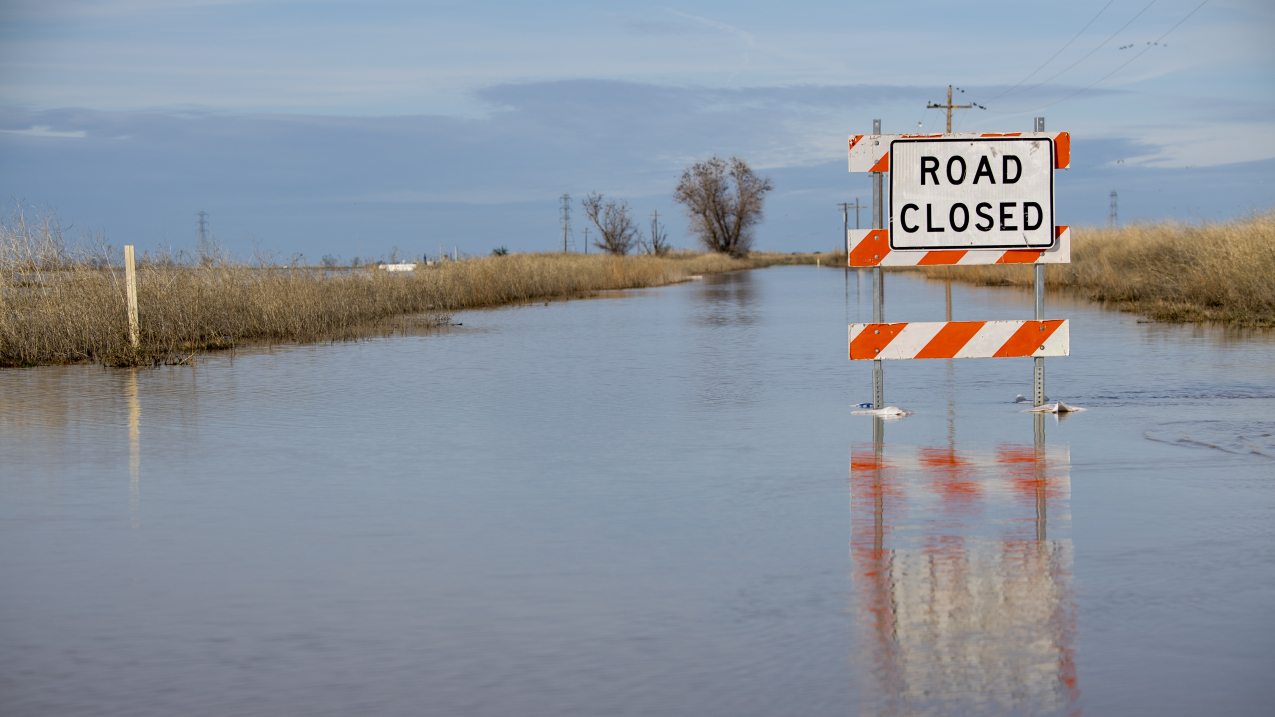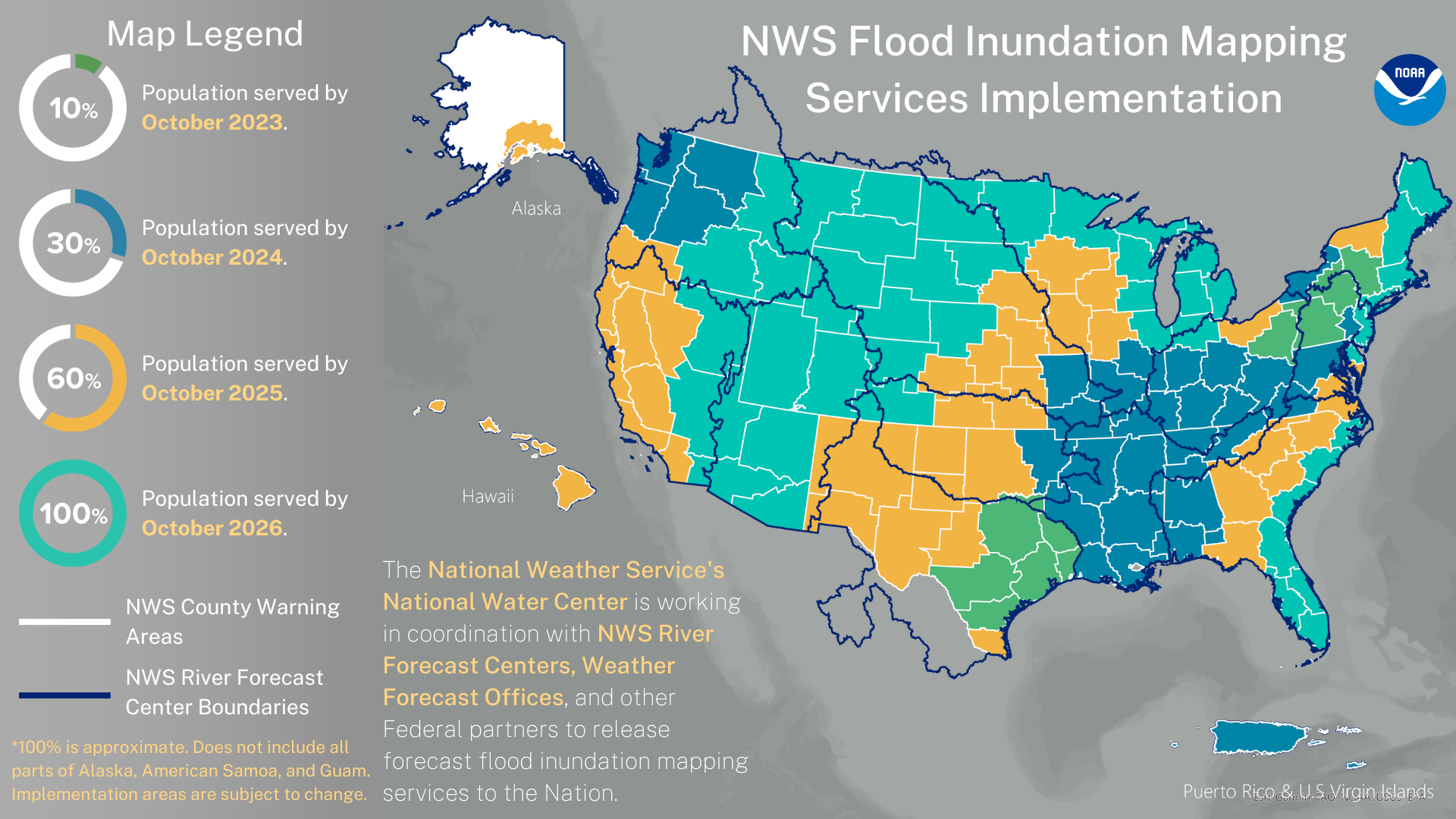From NOAA’s Office of Communications (March 13, 2024)
| NOAA’s FY 2025 Budget Request Supports Biden-Harris Administration Goals Priorities include observational infrastructure, climate resilience and expanded data and services NOAA’s fiscal year (FY) 2025 budget request proposes $6.6 billion in discretionary appropriations, an increase of $187.9 million from the FY 2024 annualized continuing resolution level. The request prioritizes investments in the critical operational and infrastructure activities that support NOAA’s ability to carry out its mission. These substantial investments, along with other targeted increases, build on investments from the Bipartisan Infrastructure Law (BIL) and the Inflation Reduction Act (IRA) designed to foster a climate-ready nation and support economic development through enhanced science, data and observational capacity. “People count on NOAA every day for reliable and actionable climate and extreme weather information to help make informed decisions that help save lives and livelihoods,” said NOAA Administrator Rick Spinrad, Ph.D. “This budget will allow NOAA to improve on our legacy systems while also providing significant improvements in diverse data and product services we provide the nation every day.” NOAA will continue to integrate equity across the organization by improving capabilities, and honing product development and service delivery in tribal and underserved communities. Invest in critical satellites NOAA satellites are critical for NOAA’s mission, as well as the security, safety and prosperity of the nation. Data from these satellites provide essential support to all segments of the U.S. economy. NOAA will continue investing in observational infrastructure to ensure the next-generation satellite systems meet the ever-expanding needs of the nation. Concurrent investments in the current and next generation of environmental satellites, such as continuing the development of the GeoXO satellite program, will provide sustained observations from geostationary orbit to provide improved weather forecasting, real-time monitoring of air quality conditions and improved ocean forecasting and fisheries management. Expand climate products and services to build climate resilience As part of a whole of government approach, NOAA’s FY 2025 request will invest in delivering actionable environmental information to decision makers focused on the risk areas of wildfires, floods, drought, extreme heat, the coasts, marine resources and overall climate risk mitigation while NOAA also continues to implement Executive Order 14008 on Tackling the Climate Crisis at Home and Abroad. Highlights include: Establishing an end-to-end value chain for climate and weather data and services by investing more in observational infrastructure, decision-support tools, service delivery and conservation across its diverse set of missions. Optimizing the NWS Integrated Dissemination Program to ensure the reliable and timely provision of weather and climate predictions, forecasts and warnings to the public, emergency management partners and the U.S. weather enterprise. Supporting more days at sea and hours in the air for research needed to support critical mission requirements and complete the acquisition of a second high-altitude Gulfstream G-550 research jet to study hurricanes, atmospheric rivers and other weather phenomena using FY 2025 funding and previously approved IRA funding. Provide science and data to inform economic development The FY 2025 budget will allow NOAA to continue to foster environmental stewardship while optimizing advances in science and technology to support value-added, data-driven sustainable economic development, with a particular focus on the New Blue Economy. Highlights include: Continuing to support the Administration’s goal of deploying 30 gigawatts of offshore wind energy by 2030, minimizing the effects of offshore energy projects on protected marine resources, fisheries and important habitats, and mitigating impacts to NOAA assets and fisheries surveys. These and other activities will protect biodiversity and promote ocean co-use while supporting renewable energy development. Supporting the production of 42 million hatchery salmon and steelhead released in the Columbia River Basin, which will translate into the harvest of about 250,000 fish that add to commercial, recreational and tribal fisheries. These funds will augment the $60 million in IRA funds for Columbia River Basin hatchery-deferred maintenance and repairs. Enhancing commercial space companies’ experience obtaining regulatory approvals and providing a simple method to disseminate information regarding U.S. space activity regulation, standards and best practices. Bolster equity NOAA will continue to support Executive Order 13985 on Advancing Racial Equity and Support for Underserved Communities Through the Federal Government and EO 14091 Further Advancing Racial Equity and Support for Underserved Communities Through the Federal Government. NOAA will integrate equity across the organization by improving capabilities and knowledge sharing, and honing product development and service delivery in tribal and underserved communities. Update and maintain crucial facilities Safe and modern facilities are vital to support NOAA’s mission of science, service and stewardship. In FY 2025, NOAA will continue investments to reduce its deferred facilities maintenance backlog and perform planned leasehold improvements. To read the FY25 Congressional Justification and for more information, visit our website. Note: NOAA will host a stakeholder briefing within the next few weeks where NOAA leadership will share details and answer questions about the FY25 Budget. |




